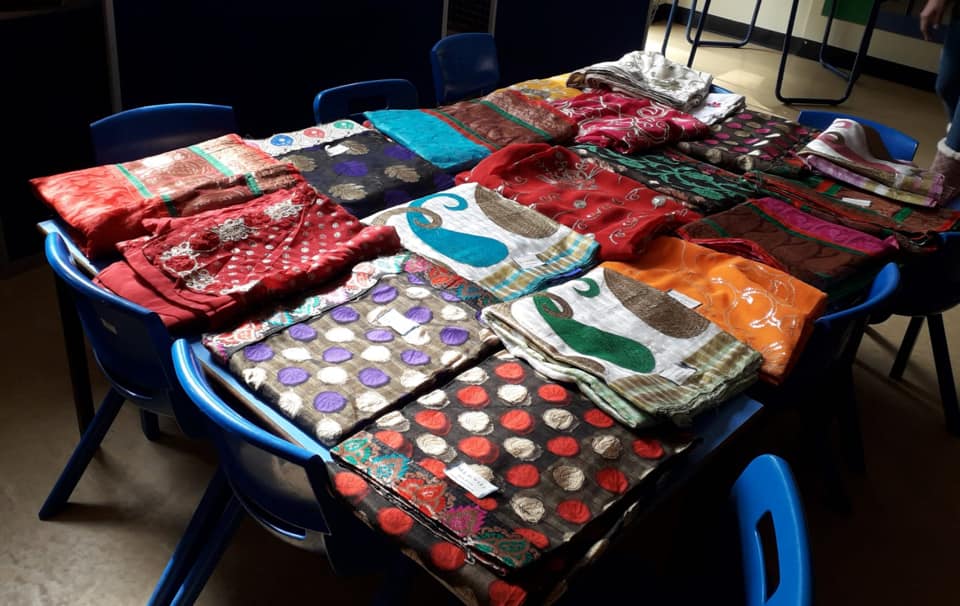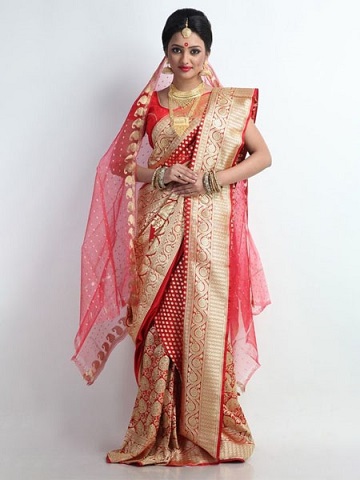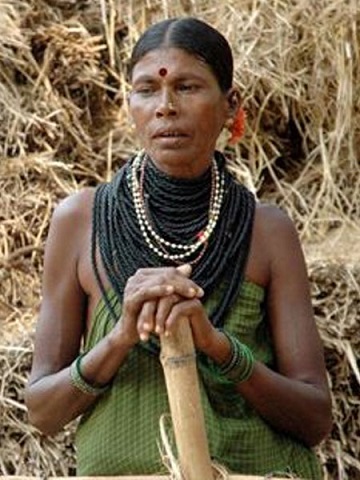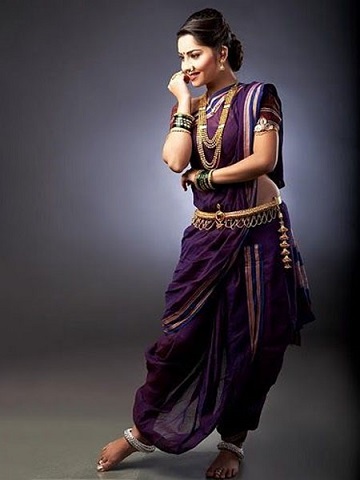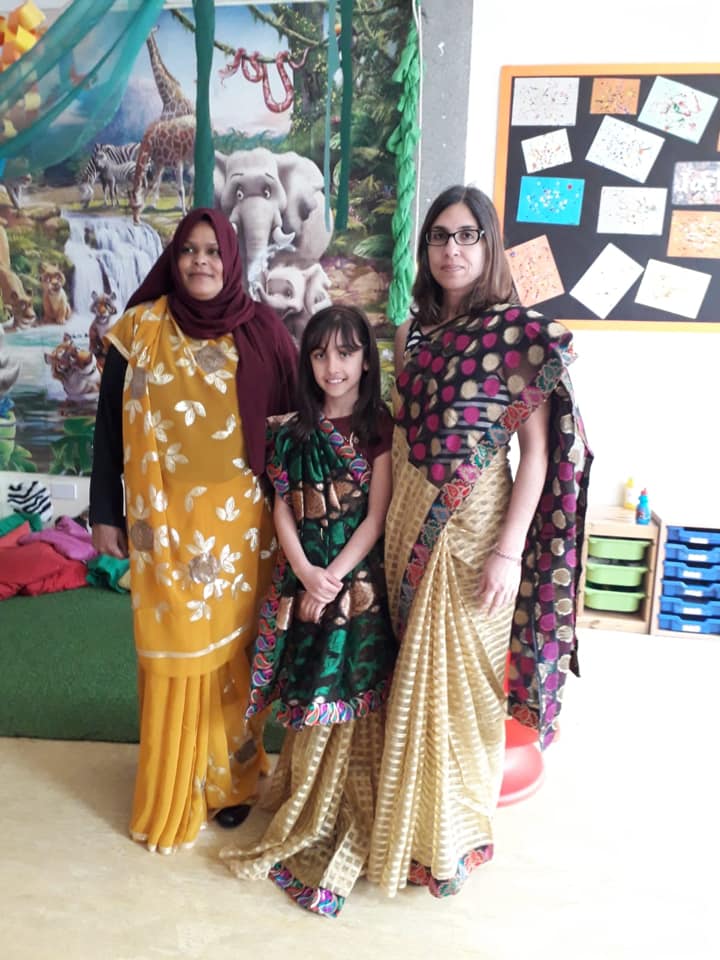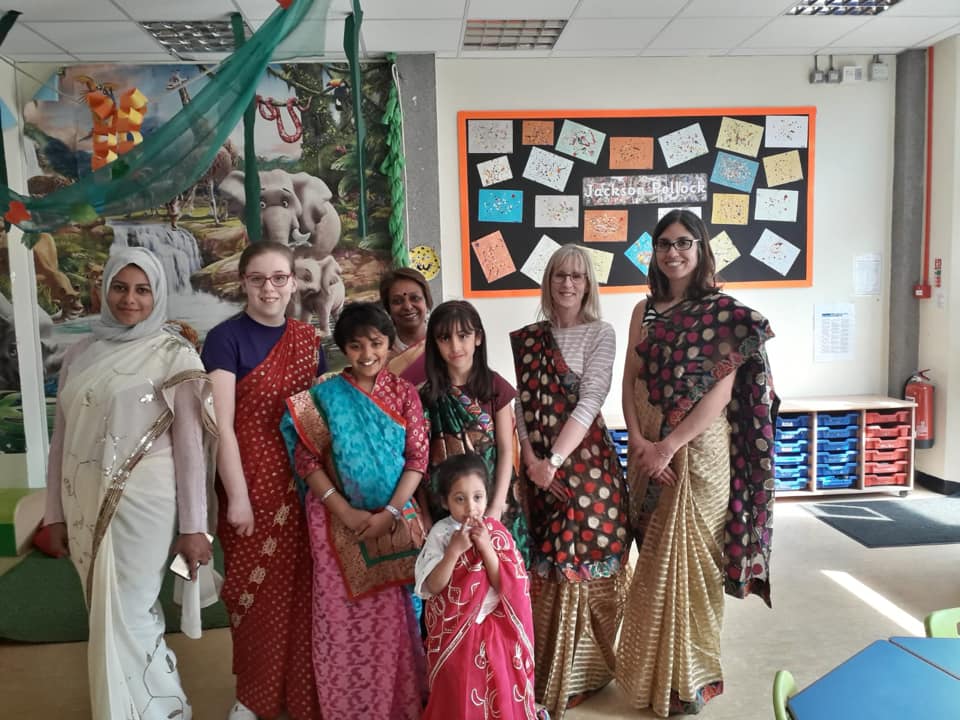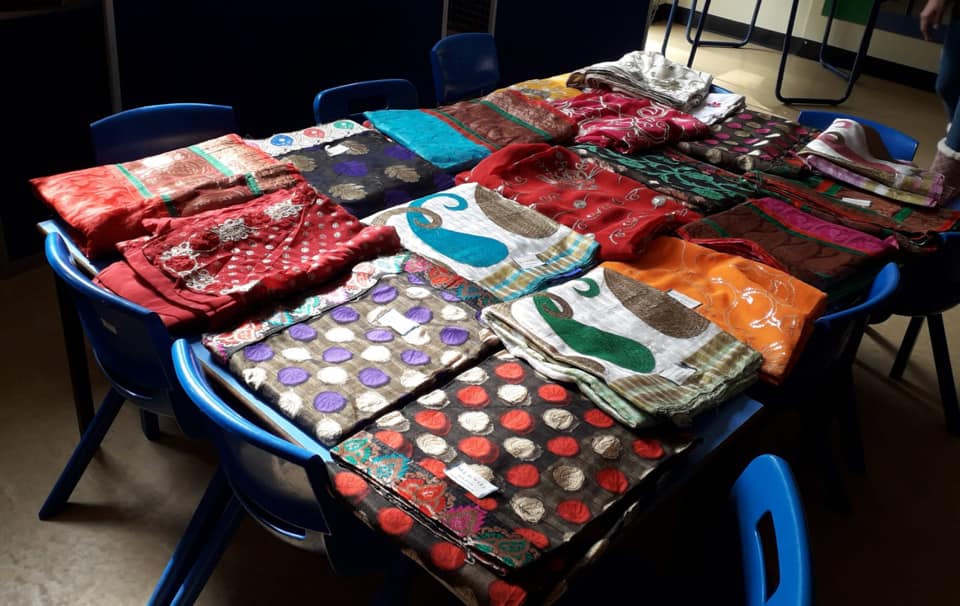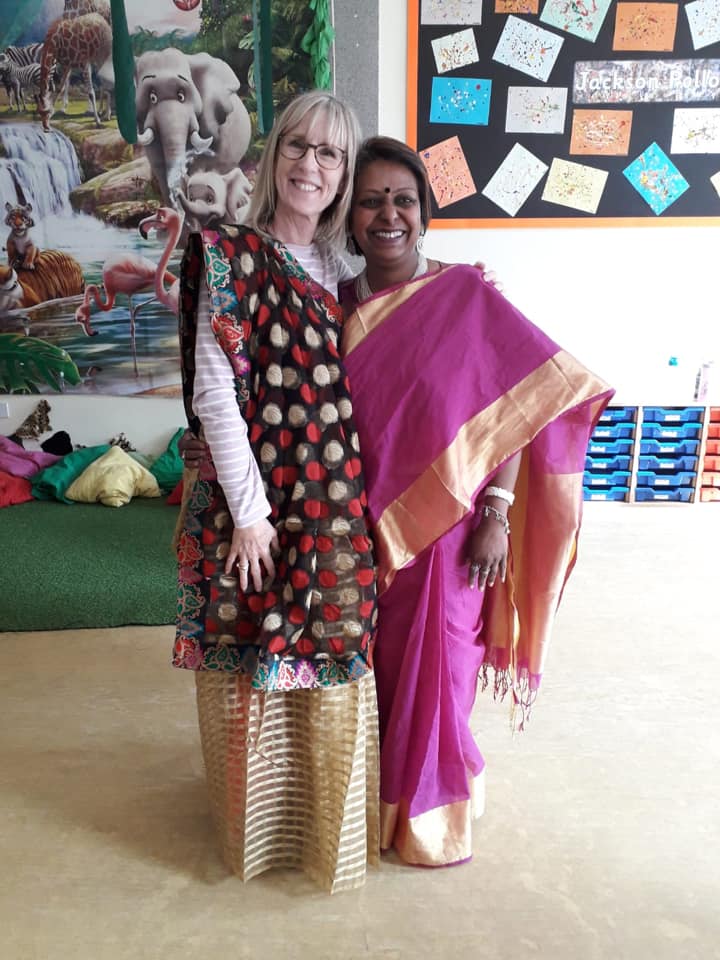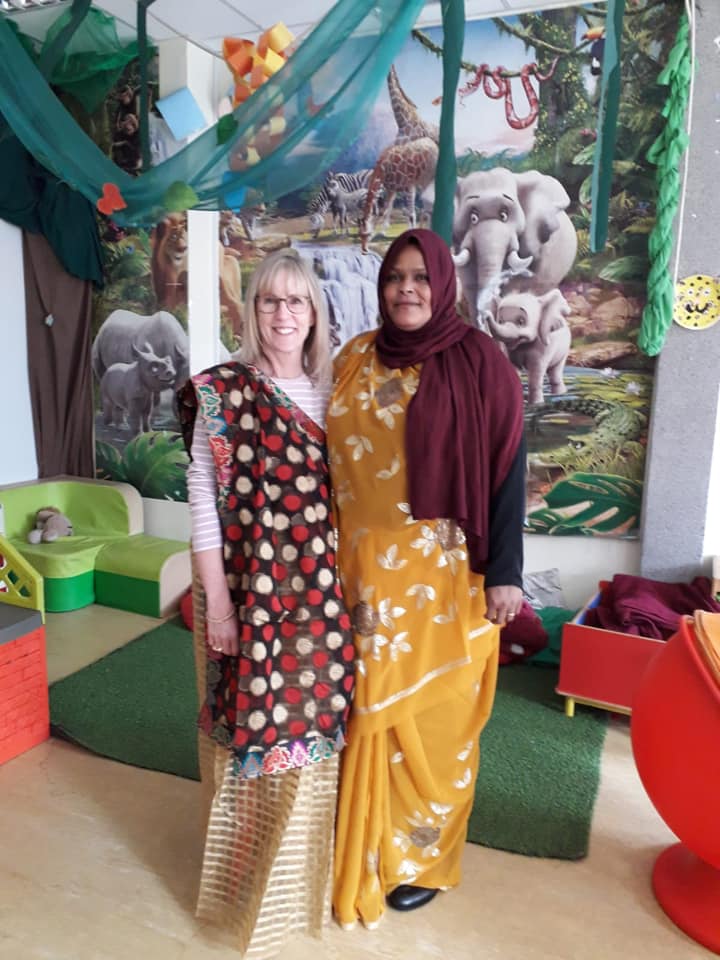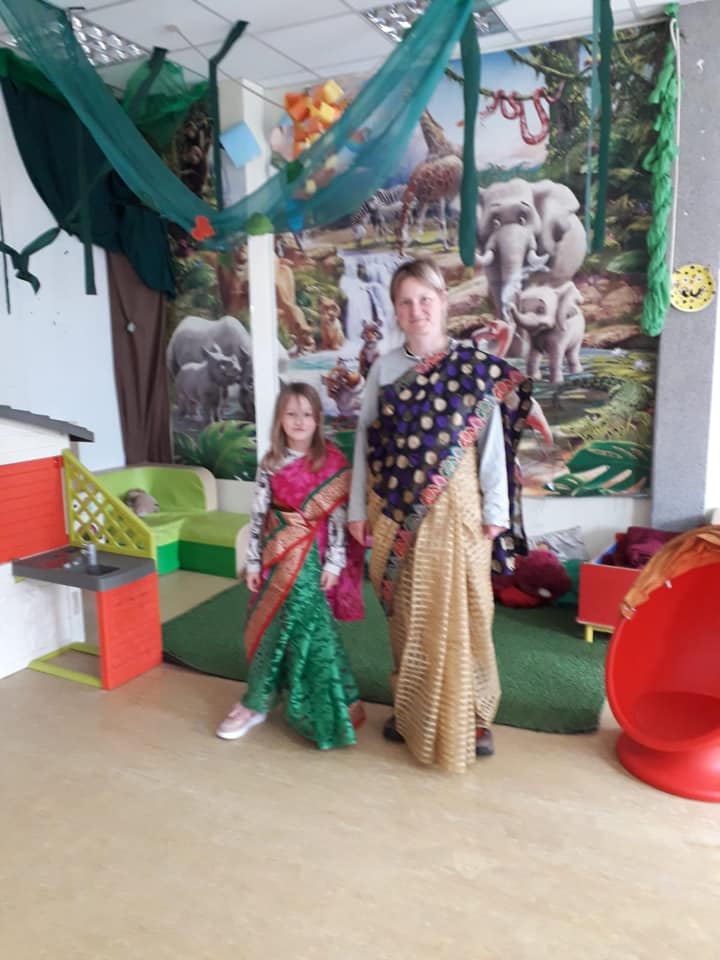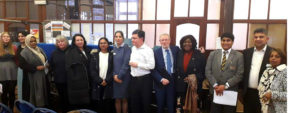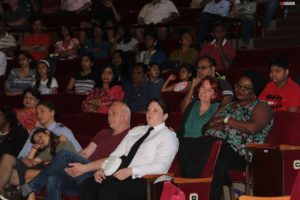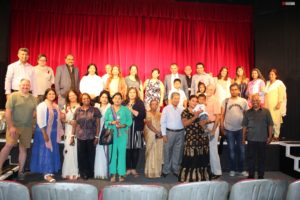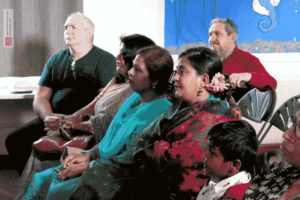KIRAN (The Knowledge-based Intercommunity Relationship and Awareness Network) organised a Saree Day on 06 April 2019 at Kings Monkton School Cardiff. We tried to educate people about Saree, that is one of the main consumes of Indian and Bangladeshi ladies. The ladies from the local communities were encouraged to join the event. Approximately 20 ladies (some of them with their family) participated in the programme. Those who did not know how to wear Saree were helped by KIRAN female volunteers to drape Saree.
It was a free event, open to all. Local people from across different communities took part in the programme with their family. Each participant received a Saree (as a free gift from KIRAN) to try and take home. There was complimentary food for our participants.
Five important facts about Saree are as follows:
1) A Sari, Sahri or Saree is a women’s garment from the Indian subcontinent. It consists of a drape varying from 4.5 to 8 metres in length and 60 to 120 centimetres in breadth.
2) There are many styles in which a Saree can be worn. It is typically wrapped around the waist with one end draped over the shoulder baring the midriff. The style of Saree draping changes from one part of India to the next. For example, the traditional style of West Bengal will vary from that of Maharastra or the aboriginal style of Karnataka.
3) A Saree occasionally signifies a sentimental memory for women. They will sometimes keep the Saree they wore on their marriage day or on another special day.
4) The colour or design of Saree changes according to the occasion. For example, women usually wear Red Sarees on their marriage day or white Sarees on a day of mourning.
5) There are a considerable number of handloom weavers in different parts of India who make their living by designing and making different types of cotton Sarees.
On Saree day, the participants were shown templates of different styles of Saree Draping, and they chose a style they liked. KIRAN female volunteers then helped the participants to try on their Saree as per their preference. They also discussed different rituals prevalent on the Indian subcontinent. It was a happy family gathering, with Sarees and delicious food. Ladies from Somalian, German, White British, Bengali, Gujrati, and Bangladeshi backgrounds attended the programme.
It was a very successful educational campaign by KIRAN. People had an opportunity to learn about a significant tradition of the Indian subcontinent. They learnt about Sarees, which is one of the most popular attire among the women of Southeast Asia. They also had the opportunity to try on a Saree and were each given a free one for future use. It was a great event, with participants requesting to see similar events in future.

